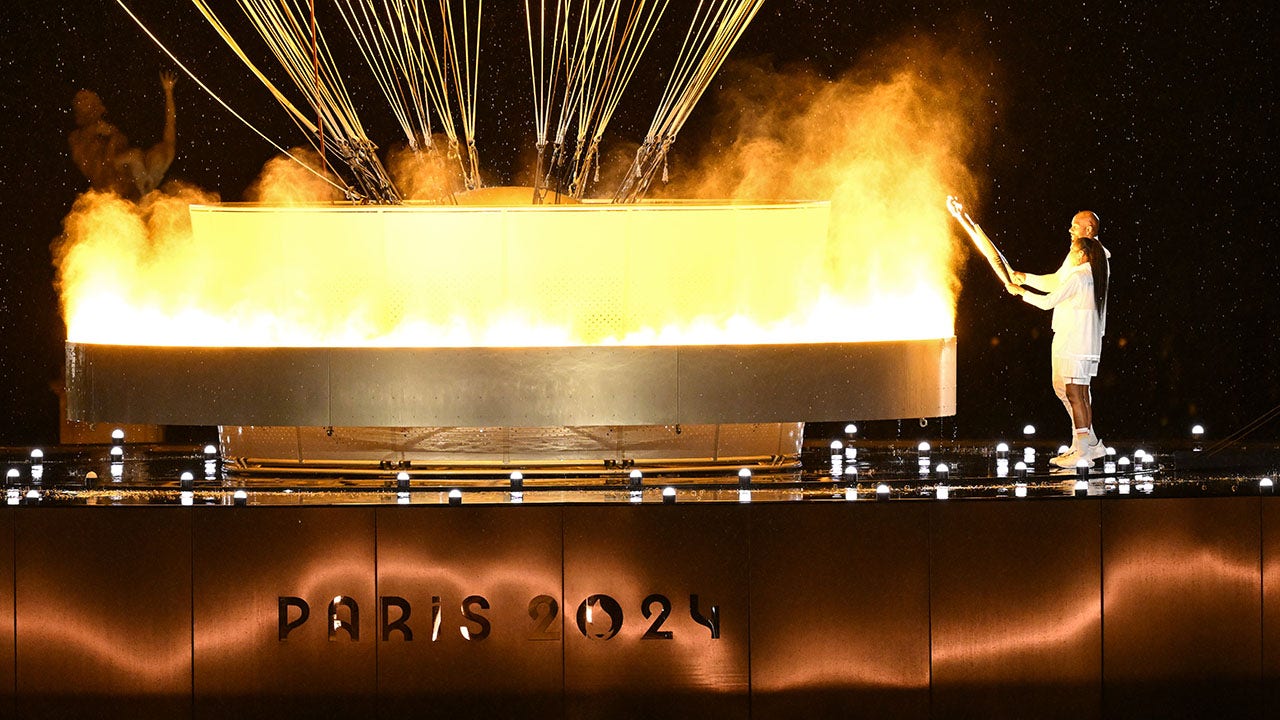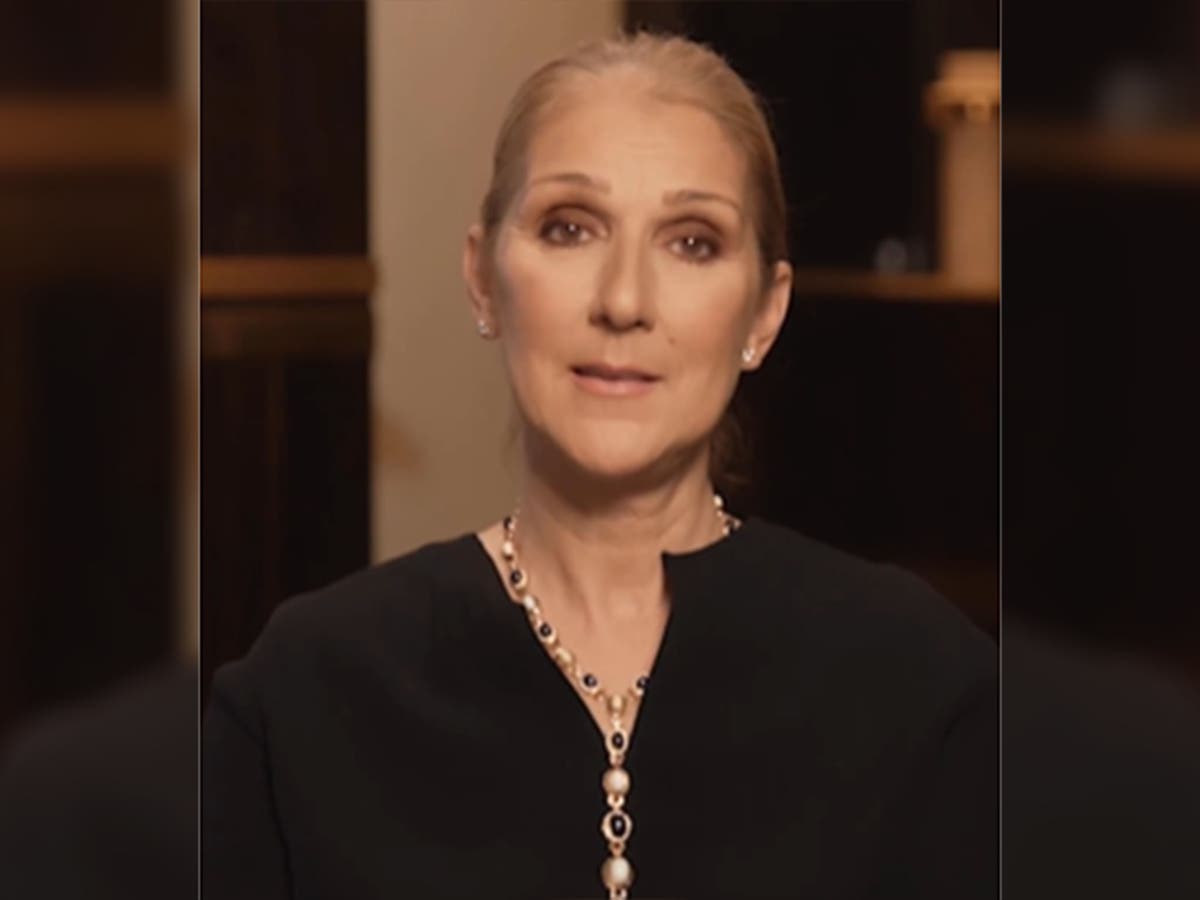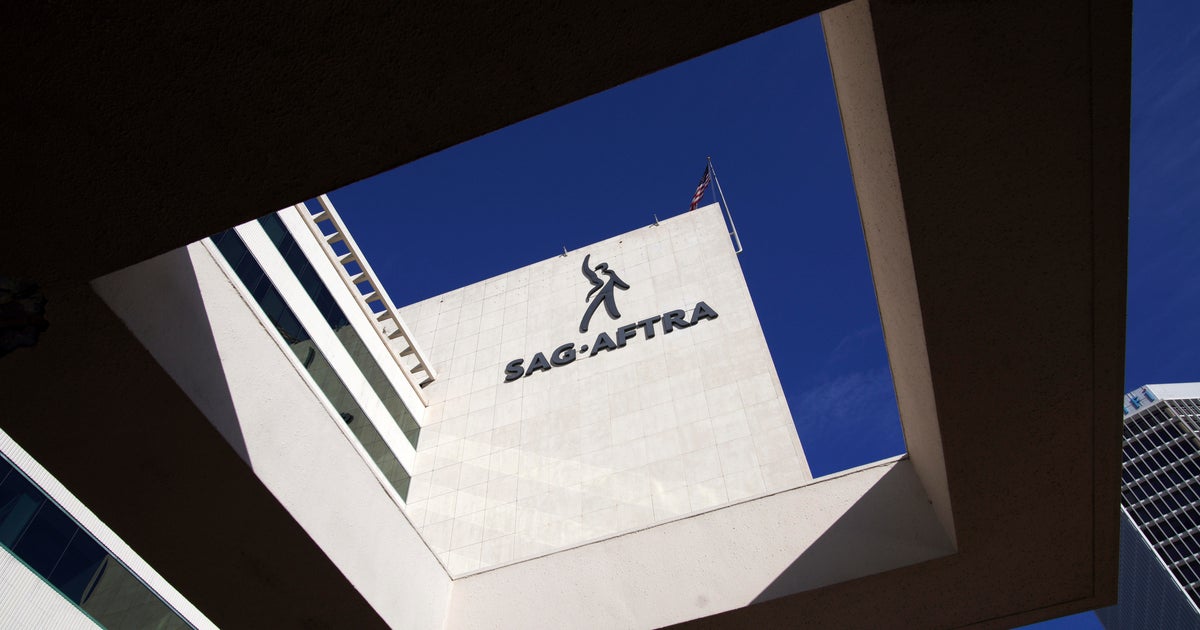The subtitle of the exhibition, “Through Line,” is well chosen. Drawing was an early and lifelong obsession, and the ease and spontaneity of many of these images suggest a virtuoso ability to capture passing moments with astonishing speed. Early drawings underscore the importance of line as Asawa’s essential tool for addressing visual problems. In 1946, she went to Black Mountain College, a crucible of mid-century American art and creativity, where she started playing with basic linear motifs, including the abstract meander pattern that is a common decorative motif in ancient Greek and classical art.
Asawa played with looping lines, broken lines, zigzag lines and the short, clustered lines of crosshatching and shading, and ideas just seemed to pour forth. A series of diagonal V-shape indentations spreads across the page and suddenly, with a few added vertical dashes, turns into a line of rowhouses laid out on a hilly cityscape. A single page may have a perfectly rendered human form draped in a flowing fabric, a study in thick blots, a crazy suggestion of musical staves, and birds resting, flying and swimming.
Abstract ideas emerge early and remain a constant in Asawa’s production. But the line between abstraction and representation is as porous as the elided boundaries between inside and outside in her sculpture. Two- and three-dimensional forms are in play and morph into one another, paper drawings prefiguring her wire forms in space, which then stamp out shaded two-dimensional patterns on the wall.
Asawa also made drawings of her sculpture after the work was completed, drawings that seem to exist entirely independent of the work they supposedly memorialize. Her subject matter feels hyper-real, yet formal ideas for three-dimensional wire forms are anticipated and explored in drawings and paper cutouts, and intangible, like Platonic forms.
When you encounter one of Asawa’s form-within-a-form sculptures in a museum or gallery, they often feel a little orphaned in their context, autonomous but shy when surrounded by louder, more assertive works by louder, more assertive artists. If you don’t linger with her forms, you miss the magic of the shadows they cast, which often feel more substantial than the metal loops and filigree that create the pattern on the wall. But most museums don’t serve her work well — they are too busy, too constrained in space to let her work live in its own world.
But Asawa’s work on paper makes its own world. The pages of her sketchbooks suggest an intensity of concentration that is infectious. Self-portraits and photographs taken by others confirm the power of that absorption. In one sketch of herself at work, Asawa renders dark shadows gathering on the wall behind her, and on the dress or smock she is wearing, while blotches and patterns on the pages indicate a drawing in its most formless, nascent and terrifying first conception. The artist rests her head on her left hand.
We’ve all been there, the “it’s not anything yet” stage of making, writing, learning, exploring. It’s not clear how she will handle this, but anger doesn’t seem to be present. She will wait out the inchoate and outlast the formlessness of her first efforts. Artists who paint themselves making art more often capture the dynamism of form giving, not the maddening but necessary struggle with time that precedes the making and finishing of an image. It’s a courageous and honest image.
Asawa was born on a farm in California and was interned in Arkansas with her family during World War II. Later, she married, raised six children, taught art, collaborated with other artists and joined the California Arts Council and the San Francisco Arts Commission. The fullness of her life, lived out both publicly and privately, anticipated the reinvention of public service as a self-conscious part of creative practice by contemporary artists.
Drawings of family and friends are among the most satisfying in the show. One sketch of the photographer Imogen Cunningham, a close companion who was more than 40 years Asawa’s senior, shows a face almost in profile, with a string of beads or pearls held out loosely by two disembodied fingers. It is tender and comical at the same time, capturing a beloved figure through an image of connection that is both robust and fragile in its intimacy.
Nowhere in all of this, neither in the self-portraits nor the tender renderings of her artistic colleagues, friends and family, does Asawa give any sense that she is trying to promote or dramatize herself. She seems uninterested in making herself present as a figure, or personality, yet paradoxically, a deep sense of her character shines through. There is the persistence suggested by that self-portrait of her facing down the nearly blank page, probably late at night after the family is at rest. There are renderings of tree rings, including a redwood’s index to its own centuries of resilience, drawn with the intensity of someone making a funeral oration. You sense her devotion to this mute, once-living creature, the depth of her need to honor it.
In her renderings of nature, Asawa reaches astonishing heights. There are drawings of flowers and plant life that reach the level of Albrecht Dürer’s “Great Piece of Turf.” An image of gladiolus feels like a set of musical variations teased out of a single line, as if the artist has challenged herself to solve some pictorial puzzle without lifting pen from paper. A leek, ripped from the earth and memorialized in ink on Japanese paper, contains the whole world in it, just as Dürer’s drawing of grass, mud and dandelions seems to stand for all of creation in its complexity and inwardness. You can lose yourself for an hour in Asawa’s drawing of an endive.
I went to this exhibition before the violence began again in Israel and Gaza, before a devastating earthquake in Afghanistan and before the recent clownish dysfunction on Capitol Hill. But I still feel its aftereffects. The legacy of Asawa’s through line documented at the Whitney is the power of the artist’s pen to draw you into her world and make you believe in the power of her enchanted line. So as the world descended into new depths of misery, I spent a little time drawing out the repeated turns and forward motion of the Greek meander pattern that so captivated Asawa. It helped.
Ruth Asawa: Through Line Through Jan. 15 at the Whitney Museum of American Art, New York. whitney.org.















































